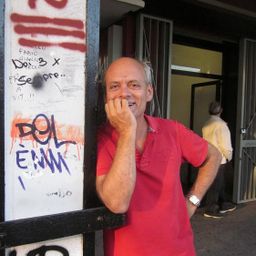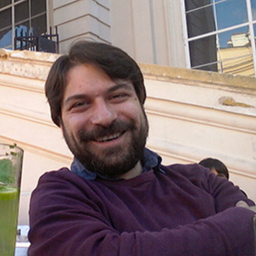Uses of industrial heritage: cases in transformation II
My Session Status
Examples from several continents, in Europe, South America, North America, Turkey, show strong continuity in the objectives that govern the reuse of industrial buildings, for example the concern to take into account the industrial heritage as a resource for urban and territorial development, or the close links that it has with culture, whether it is used to house cultural facilities or more simply to bear witness to the history and memory of the place. Increasingly, policies for the reuse of industrial heritage are part of more global programs of urban and territorial transformation: renovation of canals and waterways formerly used by industry, reactivation of old railway lines, taking into account the "heritage ecosystem", a multidisciplinary approach that takes into account the place of a building in its urban environment, but also as an element of a production chain, the interest of a remarkable building that allows the adaptive reuse of a site, etc.
However, national models – or habits – persist, various issues guide projects, and controversies emerge: what place should be given to local memories – which may be divergent, conflicting, or even alternative to the 'official' history? What trade-offs should be made between private initiatives or support and public institutions? How can architects, urban planners, social sciences scholars, and heritage communities work together, especially when divergent interests emerge? Behind the already old conflict of legitimacy between economic interests and heritage value, many situations are unfolding which show the vitality and inventiveness of the actors of the reuse of industrial heritage sites.
Each session will be introduced very quickly by the session chairman. The papers will be followed by a discussion at the end of each of the three sessions.
Sub Sessions
This study is based on the discussion of industrial heritage developed during the final thesis of my master’s degree, entitled “Architecture in span – Internship at Casa da Arquitectura (Matosinhos)”, that had as its initial focus of study the Real Vinícola building, currently occupied by the non-profit institution Casa da Arquitectura – Portuguese Centre for Architecture. Situated in Matosinhos (Portugal), the Real Vinícola was built b...
Charleroi et Liège ont été à la tête de la production européenne de l’acier. Cinquante haut-fourneaux et 80.000 travailleurs en 1960. Les années 2010 ont vu la fin de la phase à chaud dans les deux bassins sidérurgiques s’éteindre. Ce sont 108 hectares à Charleroi (porte Ouest) et 282 hectares à Liège (Chertal et Seraing) qui sont à l’abandon. Dans le cadre de ses compétences au sein de l’Etat fédéral belge, la Région wallonne a décidé en avril 2020 d’entamer un long processus de reconversion...
Haydarpaşa Train Station has gained a solid place in the urban/national memory as one of the gates of the city of Istanbul throughout the last period of the Ottoman Empire as well as the history of the Turkish Republic. On the other hand, components such as Haydarpaşa Port that connects the railway to the international trade network, 4 silo buildings that had been built due to the developing commercial potential in the 20th century and Yeldeğirmeni Neighborhood, which was shaped in connection...




Discussion